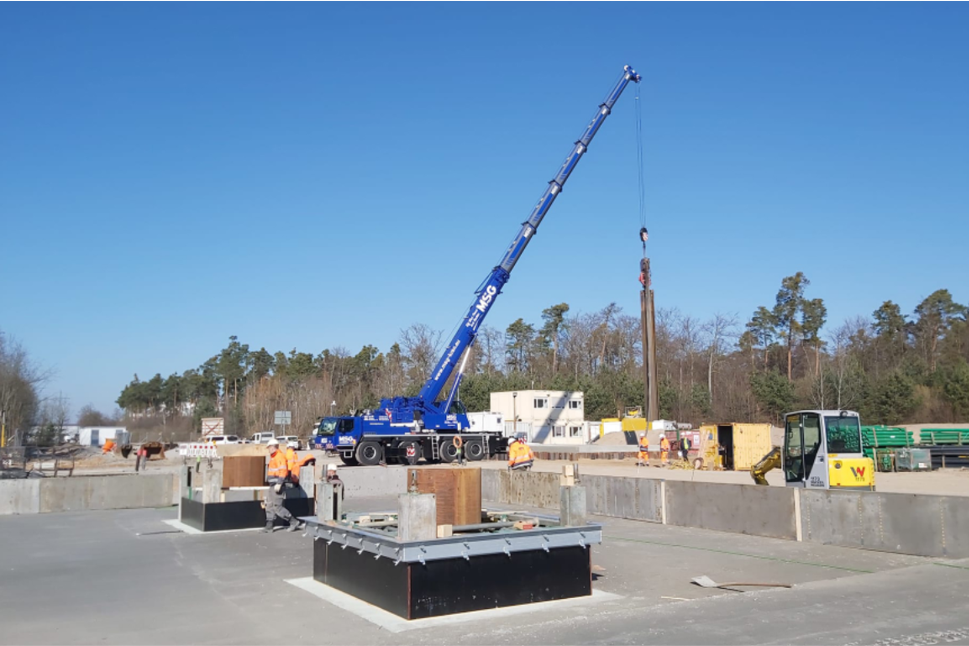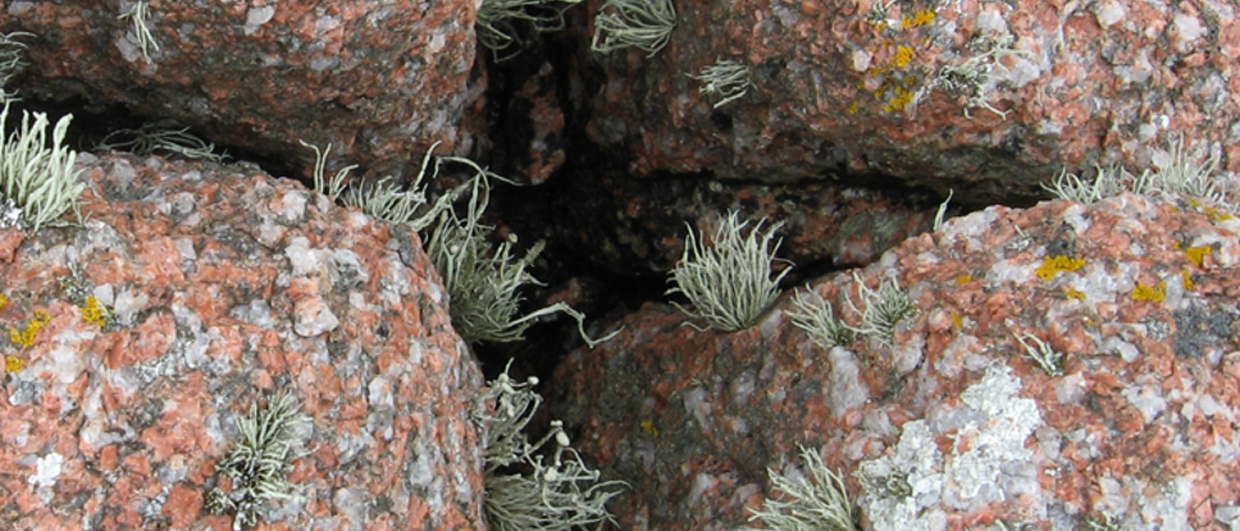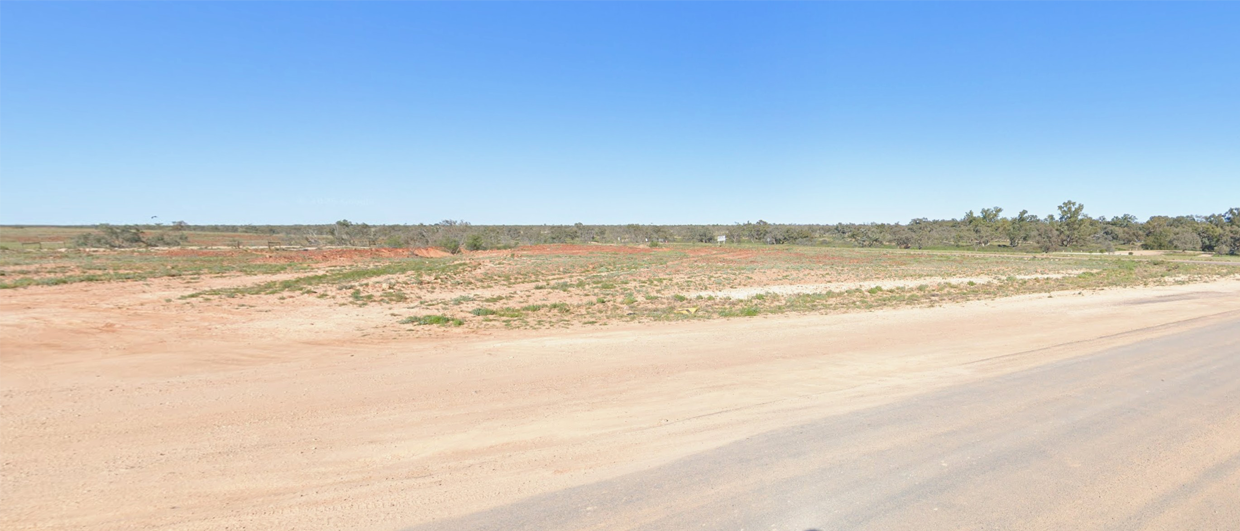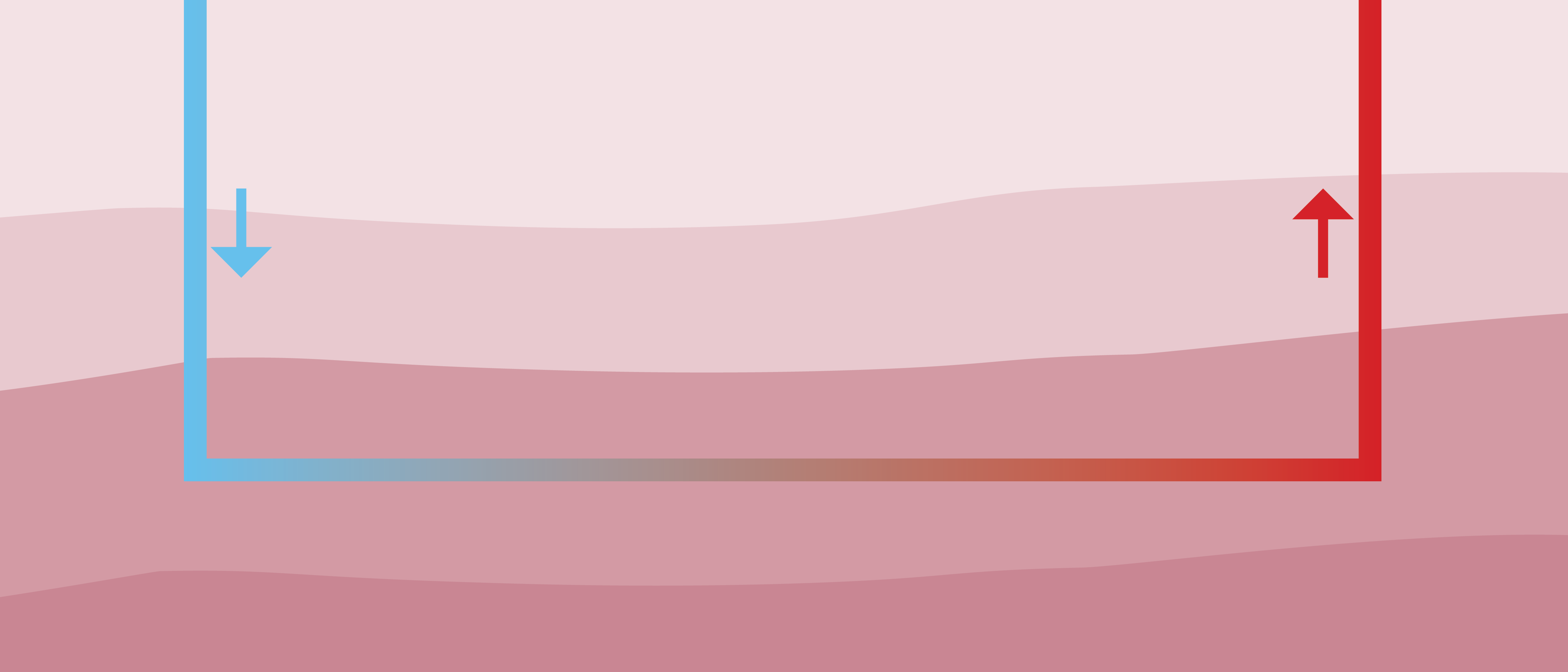In 2003, a geothermal exploration well was drilled near the village of Römerberg in the south of Germany. Situated in the north-south trending Upper Rhine Graben, with up to 4 km of sedimentary infill, the well unexpectedly found oil rather than water at around 2,300 m depth.
Now, almost 20 years later and only about 15 km to the south of Römerberg, another geothermal drilling project kicked off yesterday near the village of Graben-Neudorf.
According to this website, the target of the well is at around 3,500 m, so more than 1,000 m deeper than in Römerberg. If we look at the cross-section below, which also shows the location of the Römerberg oil field, it is clear that from a petroleum geological point of view it looks less likely that oil will be found again in the currently drilling well.

Assuming that the target stratigraphic interval is comparable to Römerberg, i.e. the Triassic Buntsandstein, the cross-section does not suggest the presence of a prominent closure unless there are small scale and sealing faults or stratigraphic pinch outs. The latter is not particularly common in the usually sand-rich Lower Triassic. So, let’s assume for now that water will be found.
The aim is to produce up to 160 degrees C fluids and inject it back into the formation using an injectition well. But first, tests will need to be carried out in order to find out if the reservoir is able to deliver the desired rates.
A group of local people is not pleased with the arrival of the drilling rig. The main concern is related to the risk of induced seismicity and the potential damage this could cause to property.
HENK KOMBRINK





